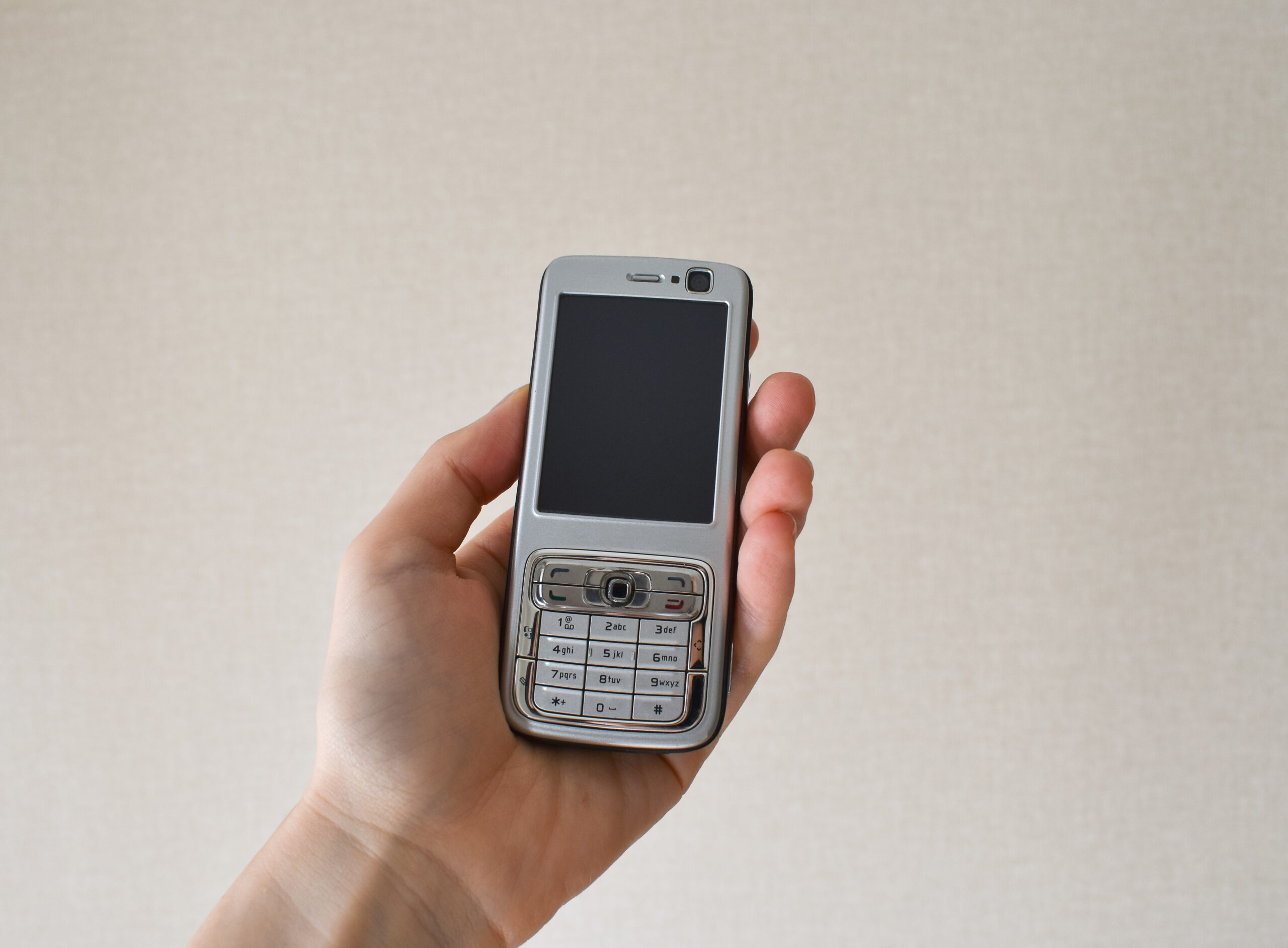Bladder Issues During Menopause: Solutions You Haven’t Tried
Bladder issues during menopause are more common than many realize, yet they remain a quiet struggle for countless women. The hormonal shifts that come with menopause, especially the drop in estrogen levels, play a significant role in these problems. Estrogen helps keep the tissues around the bladder and urethra healthy—when it decreases, these tissues become thinner, drier, and less elastic. This change can lead to symptoms like urinary urgency (a sudden need to pee), frequent urination, urinary incontinence (leakage), and even recurrent urinary tract infections (UTIs).
One reason bladder issues worsen during menopause is because estradiol—the strongest form of estrogen responsible for keeping vaginal and bladder tissues lubricated and resilient—declines sharply. Without enough estradiol, the lining of the bladder becomes more fragile and prone to irritation or infection. This fragility also makes it easier for bacteria to enter through the urethra into the bladder.
Many women try common approaches like limiting fluid intake or avoiding social activities out of fear of accidents but there are other solutions you might not have tried yet:
– **Pelvic floor exercises:** Strengthening your pelvic muscles can improve control over your bladder. These exercises help support your bladder better and reduce leakage.
– **Hydration habits:** Drinking enough water is crucial; paradoxically, not drinking enough can concentrate urine irritants that worsen symptoms or cause infections.
– **Diet adjustments:** Reducing sugar intake may help because excess sugar can promote yeast overgrowth which increases infection risk.
– **Post-sex hygiene:** Urinating after intercourse helps flush out bacteria from the urethra before they reach your bladder.
– **Avoid holding urine too long:** Regularly emptying your bladder prevents overstretching which weakens its function over time.
If you’re dealing with recurring UTIs or persistent urgency despite lifestyle changes, some newer options include:
– **Topical estrogen creams or pessaries** prescribed by a doctor can restore some tissue health locally without systemic hormone therapy risks.
– **Bladder training techniques** where you gradually increase intervals between bathroom visits to retrain an overactive bladder’s response.
Sometimes underlying conditions like diabetes or obesity contribute by affecting nerve signals controlling urination or putting extra pressure on your pelvic organs. Addressing these through medical care alongside menopausal symptom management often improves outcomes significantly.
Menopause-related changes don’t have to mean accepting uncomfortable bathroom struggles as inevitable. Exploring lesser-known strategies beyond just “waiting it out” could bring relief—and confidence back—to daily life without constant worry about leaks or urgent trips to the restroom.




